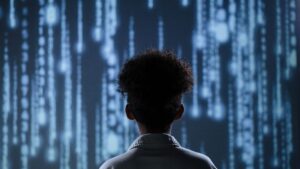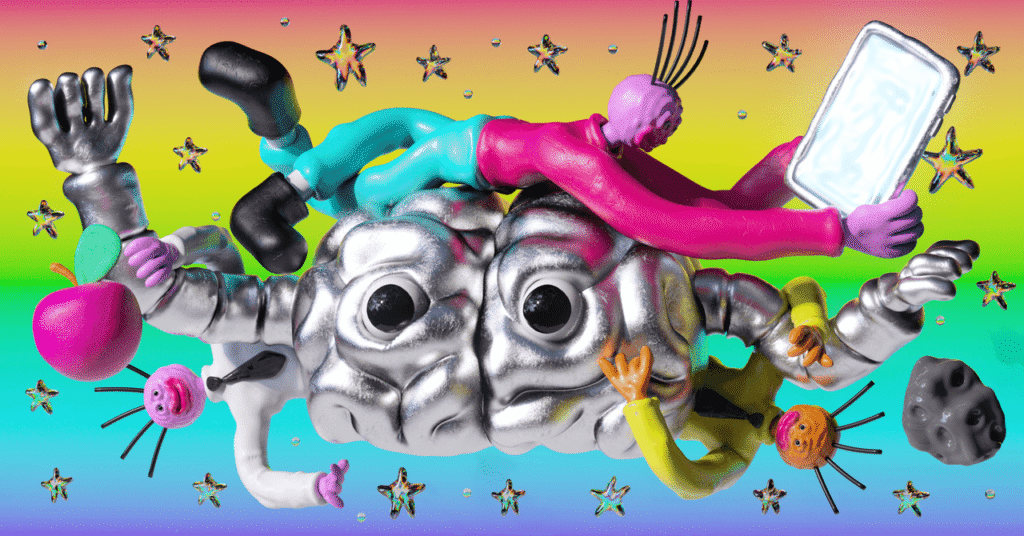
Parents, educators, and specialists hold strong views on the effects of AI on young individuals and education. However, what is the perspective of the students themselves? When inquiring about young people’s interaction with AI, various stakeholders, including parents, policymakers, and experts, express diverse opinions regarding whether youngsters should engage with AI, how their exposure should be regulated, and the impact of AI on their cognitive processes and communication skills.
Many discussions center around the realm of education. Concerns are raised by adults that children might utilize ChatGPT as a tool for research, writing papers, or solving math problems. Teachers face challenges in monitoring student usage and integrating AI into their teaching methods. According to a 2024 Pew study, a quarter of public school teachers believe that AI technology does more harm than good; a larger percentage remain undecided. A subsequent survey revealed that 26% of American teenagers have employed ChatGPT for academic purposes—a figure twice as high as in 2023.
However, young people’s exposure to AI extends beyond educational settings. Some employ it for companionship while others seek advice from it. So how do they truly perceive this technology? WIRED interviewed six youths from different regions in the U.S., delving into their views on AI and its impact on their lives.
The convenience AI brings to daily student life is substantial, expediting various tasks. Whether compiling a to-do list or studying for exams under time constraints, tools like Gemini or ChatGPT can condense study materials into manageable guides for faster comprehension.
While AI proves beneficial for tasks such as reading and idea generation, relying solely on it for essay writing could be disadvantageous due to the evident lack of personal effort. Overreliance on AI may lead to diminished writing and reading skills among students. It is crucial to harness AI appropriately for tasks where human input is essential to preserve creativity and ingenuity.
Innovative applications of AI are evident in endeavors such as wildlife preservation efforts involving deer detection devices developed by students like Siddhi Singh from Colorado. Such initiatives exemplify the power of AI when utilized for constructive purposes.
As perceptions of AI evolve among students like Mahawa Kaba from New York City’s Bronx borough, concerns arise regarding its societal impacts. The potential influence of automated responses on social interactions raises questions about individual autonomy and authentic expression in an increasingly digitized world.
Educational institutions play a vital role in guiding students like Gabrielle Watkins from Georgia in utilizing AI responsibly. By imparting knowledge on effective AI use and encouraging critical thinking alongside technological proficiency, schools can empower students to leverage these tools ethically.
As Nora Pai from Manhattan reflects on the implications of AI across artistic domains, she highlights concerns over its potential to diminish the creative process by offering instant solutions. Maintaining a balance between technological assistance and personal effort is crucial to fostering genuine creative expression.
Young individuals like Finn King from Alabama contemplate the rapid evolution of AI technology and its implications for society. As concerns grow over the authenticity of digital content and the ethical use of advanced algorithms, critical discussions around responsible AI deployment become increasingly pertinent.
In conclusion, while opinions on AI span a spectrum of perspectives among various stakeholders, empowering young individuals with knowledge and critical thinking skills remains essential in navigating the complexities of an increasingly technology-driven world.
